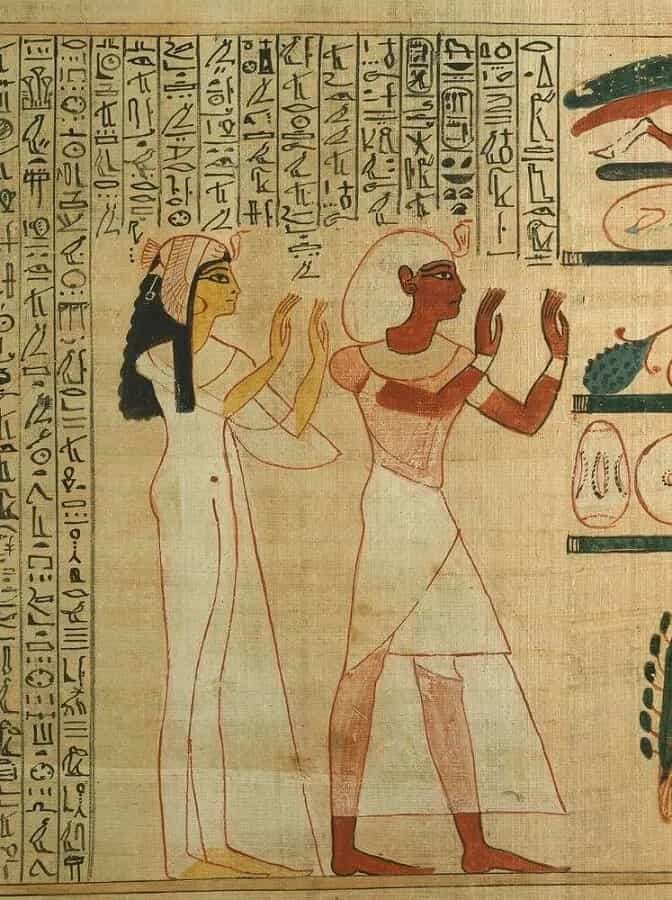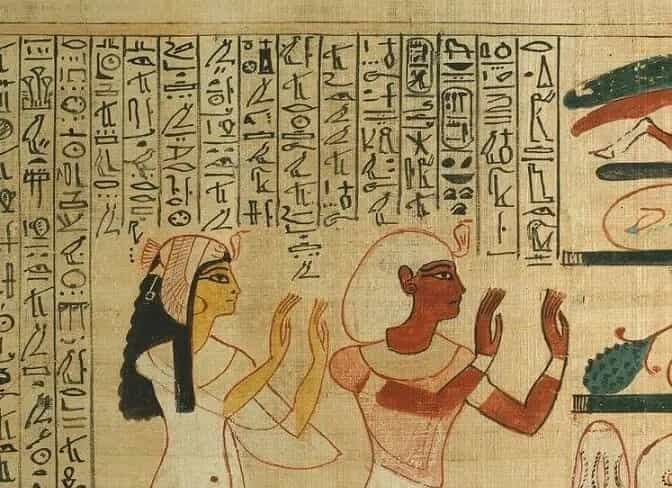The discovery of Nodjmet, a mummy from ancient Egypt. The discovery began in the 19th century when a hidden tomb was unveiled to the Egyptian authorities in the Deir el-Bahari cache.
Amidst this magnificent find, the mummies of illustrious New Kingdom pharaohs such as Thutmose III, Set I, and Ramesses II were also brought to light.
One of the most remarkable revelations during the investigation was an inscription found on the bandages of Ramesses II’s mummy, detailing the precise date and ritual of his burial.
Alongside the royal pharaohs, the cache also revealed priests from the 21st Dynasty, among them being Nodjmet. History has linked her to the distinguished High Priest of Amun, Herihor, who held a prominent position during Ramses XI‘s reign and was the de facto governor of southern Egypt. Interestingly, Herihor’s mummy was not among those discovered at Deir el-Bahari and remains yet to be found.
The mummy of Nodjmet offered a unique glimpse into the advancements of mummification techniques during that era. Notably, her appearance showcased the remarkable progress made in this ancient art. To lend a lifelike appearance to Nodjmet’s mummy, the embalmers employed innovative methods.
Among these techniques was the use of artificial eyes crafted from black and white stones, a practice believed to have emerged later in the history of mummification.
Furthermore, to restore her body’s proportions to its living state, sawdust was artfully added between the bandages. In a bid to infuse vitality, specific parts of her face and body were subtly colored.
Despite historical evidence suggesting that Nodjmet had lived to an older age before her passing, the embalmers dedicated meticulous efforts to present her as eternally young and vibrant. They fashioned fake eyebrows using human hair and adorned her with a wig, concealing signs of receding baldness.







